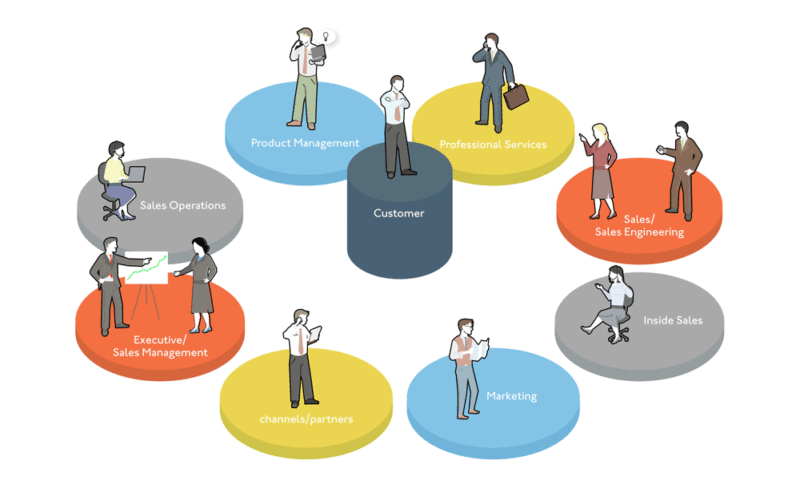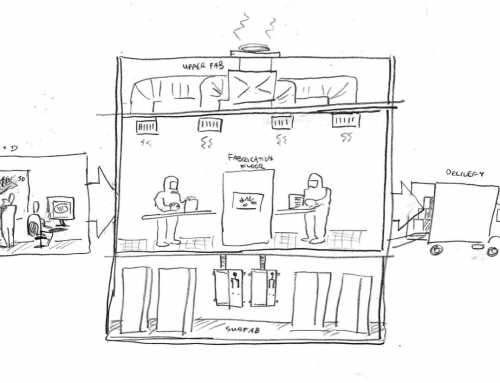Is Information Visualization the Next Frontier for Design?
You’ve seen them. Those tag clouds in the right-hand column of Web sites with jumbled type of varying weight and size indicating the relative usage of words. Tag clouds may be the most common example of an emerging field known as “information visualization,” an offshoot of graphic design devoted to the clear display of complex information. Executive pay in relation to shareholder returns. Senate voting patterns. The geographic location of cell phones. Similarities among rock albums. Graphic designers are mapping over the known world and posting their graphic interpretations on sites like Visual Complexity [1].
Visualization got a big boost during the political season from newspapers and networks. On March 24, CNN aired what it claimed was the largest ever tag cloud composed from President Obama’s press conference that day.
 [2]
[2]
If we’re going to live in a world driven by data, the thinking goes, we need a simple means of digesting it all. We are increasingly a visual society, and our understanding of the world is increasingly made possible by this new visual language.
 [3]
[3]
Visualization has been used prominently, and to dazzling effect, at The New York Time s [4], where a collaboration of art directors and programmers turns masses of data into intuitive displays, like the interactive map [5] of the swine virus shown above.

Another example: the Tokyo firm Information Architects [6] created this Web Trend Map [7] which presents the most popular Internet sites in the intelligible graphic language of a subway system.

Designers have historically excelled at finding insightful ways of looking at complex problems. Visualization will likely play a prominent role as design evolves beyond the consumer economy (selling $2,000 poufs and other high-end furnishings) and helps create efficient new forms of buildings, food distribution and transportation.
For example, it’s likely that New York and other major U.S. cities will experiment with systems that monitor traffic patterns in real time and manage the use of lanes and access accordingly. A project like that would hinge on our ability to map patterns as they happen, along with the alternatives and consequences. It’s a big undertaking, but the benefits are considerable: In Stockholm a system that tracks the movement of every car has reduced carbon emissions by 25%.

Visualization may play a big role in wising up consumers. In the future, we’re told, sensors will pick up tiny bits of info on every aspect of our lives and they will be played back to us as graphics. The smart grid, for example, will read the energy use in your home and send back understandable displays suggesting how you might save money by, say, waiting an hour to turn on your air conditioner or reducing your thermostat by two degrees. It will be up to architects to imbed this feature in the home in a way that allows us to interact more efficiently with our surroundings.

You might think of visualization as the antithesis of Power Point, which sometimes seems to make us dumber. Six years ago, Edward Tufte [8], a Big Thinker in the field of information graphics, issued a 28-page pamphlet that dumped on Power Point as “a faux analysis” that “turns everything into a sales pitch.” Visualization does the opposite: it reflects the complexity of the world in simple terms. It is a window onto the world, in all its digital complexity. Though of course data can be skewed in deceitful and insidious ways.








